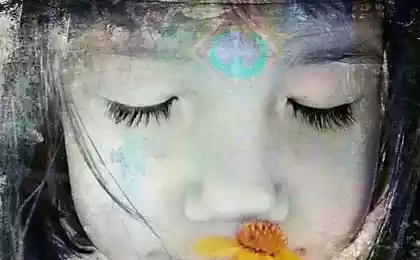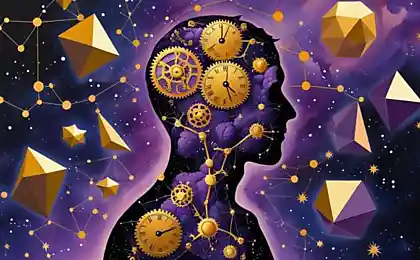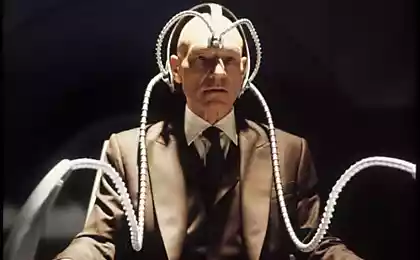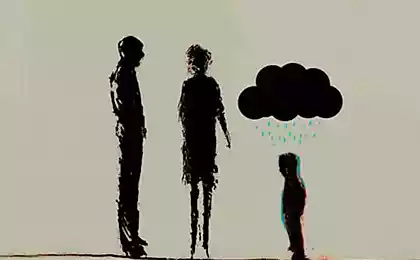139
To increase the sharpness of the visual analyzer, I quickly perform tasks for the development of observation.
Observing is not just looking, but using all your senses to analyze and notice important details that will allow you to draw important conclusions. Being an observant person is very helpful. But is it possible to develop human observation? You can and should!

It is believed that observation is closely related to memory. But to remember what you saw in the little things, you first need to pass everything through yourself. The development of this skill is devoted to the exercises that we collected in today’s article.
Exercise #1: Learn to notice the details of ordinary things. Take a phone, a lamp, a book or some trinket from the table. For a few minutes, try to capture it in your memory. And then close your eyes and mentally draw an image of the chosen object.

At first, this image will be vague. But don't give up. Pay attention to what you missed the first time and try again. Continue until you can recreate the picture in great detail.
Exercise 2
Peels The second exercise complements the first. First, choose a simpler object and draw it on paper from memory. Check with the original, see what is missing, and try to finish without peeking.
Exercise 3
Many beginners make the mistake of trying to remember the whole object. First, learn to look at and remember individual details. Like the building you walk past every day on your way to the store. Try to remember how many floors, windows, doors there are. Imagine the shape of the roof, whether there are cornices, pipes, jewelry.
Exercise #4 This exercise can be a fun game for two. Ask a friend to put a dozen small items on the table and cover them with a newspaper. After that, open and try to remember the whole set for ten seconds.
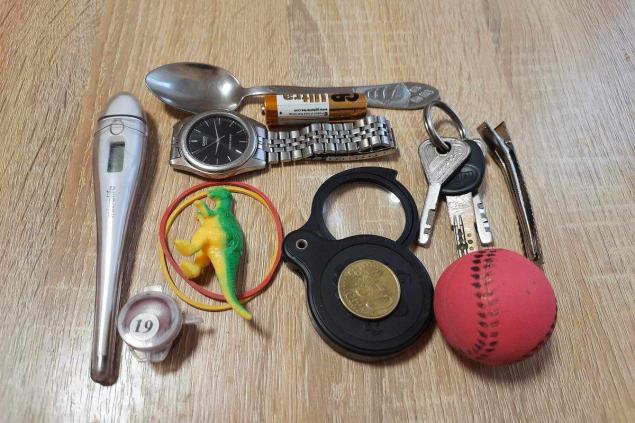
Then turn your back and try to describe the details of everything on paper as accurately as possible. Over time, the number of items on the table will increase. And your observation will reach amazing heights, allowing you to see things that others usually do not notice.
Exercise No. 5
For the development of observation, it is useful to create in your mind the atmosphere of the rooms in which you went. Try to keep in mind the number of windows, lamps, wallpaper color, furniture location, number and size of carpets and paintings. Then come out and make a description from memory. Repeat until you get the exact match to the original.
Over time, you will begin to notice the details of things around you automatically. This will help to assess the situation faster and make informed decisions in life. And also will allow you to easily pass our tests for visual acuity and attention to detail.

It is believed that observation is closely related to memory. But to remember what you saw in the little things, you first need to pass everything through yourself. The development of this skill is devoted to the exercises that we collected in today’s article.
Exercise #1: Learn to notice the details of ordinary things. Take a phone, a lamp, a book or some trinket from the table. For a few minutes, try to capture it in your memory. And then close your eyes and mentally draw an image of the chosen object.

At first, this image will be vague. But don't give up. Pay attention to what you missed the first time and try again. Continue until you can recreate the picture in great detail.
Exercise 2

Peels The second exercise complements the first. First, choose a simpler object and draw it on paper from memory. Check with the original, see what is missing, and try to finish without peeking.
Exercise 3

Many beginners make the mistake of trying to remember the whole object. First, learn to look at and remember individual details. Like the building you walk past every day on your way to the store. Try to remember how many floors, windows, doors there are. Imagine the shape of the roof, whether there are cornices, pipes, jewelry.
Exercise #4 This exercise can be a fun game for two. Ask a friend to put a dozen small items on the table and cover them with a newspaper. After that, open and try to remember the whole set for ten seconds.

Then turn your back and try to describe the details of everything on paper as accurately as possible. Over time, the number of items on the table will increase. And your observation will reach amazing heights, allowing you to see things that others usually do not notice.
Exercise No. 5

For the development of observation, it is useful to create in your mind the atmosphere of the rooms in which you went. Try to keep in mind the number of windows, lamps, wallpaper color, furniture location, number and size of carpets and paintings. Then come out and make a description from memory. Repeat until you get the exact match to the original.
Over time, you will begin to notice the details of things around you automatically. This will help to assess the situation faster and make informed decisions in life. And also will allow you to easily pass our tests for visual acuity and attention to detail.
While cleaning my grandmother's old closet, I realized why all men are running from fire to my house.
The salad that I cook with smoked chicken for guests, with boiled - for home
